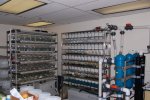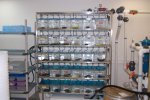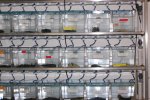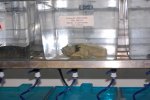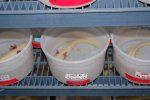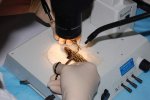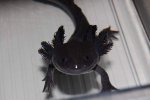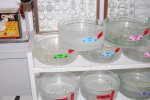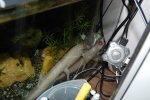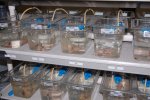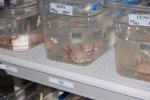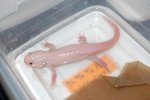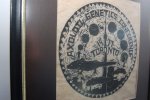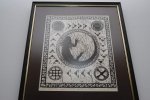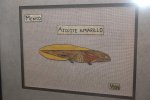michael
2010 Research Grant Donor
- Joined
- Apr 12, 2003
- Messages
- 3,425
- Reaction score
- 172
- Points
- 63
- Location
- Ephrata,Pa
- Country
- United States
- Display Name
- Michael Shrom
Bill Yannone and I had the privilege to tour the Ambystoma Genetic Stock Center at the University of Kentucky this week. We dropped of some Ambystoma andersoni that are going to be part of a new research project. Here are some pictures of the lab. Thanks Randall for a great visit.

